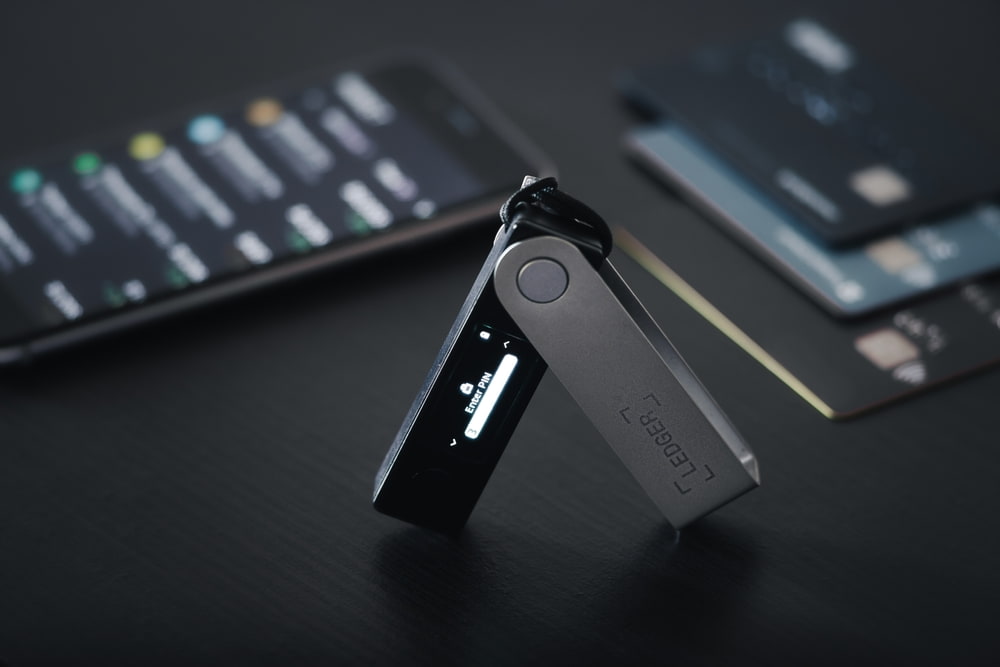As interest in cryptocurrencies grows, many users are drawn to blockchains like Solana for their performance and low fees. In this context, the question of whether a dedicated Solana wallet is necessary often arises. Managing crypto assets requires more than simply owning tokens it involves securing the cryptographic keys that control access to those assets. For anyone engaging with Solana-based applications or holding tokens long-term, choosing an appropriate wallet becomes a foundational decision.
Understanding Solana wallets
A Solana wallet does not store cryptocurrencies directly. Instead, it safeguards private keys, which are used to authorize transactions and prove ownership of tokens stored on the blockchain. These keys must remain confidential if compromised or lost, access to the associated assets may be permanently lost. Wallets also allow users to interact with decentralized applications, participate in staking, or manage NFTs, depending on their features. Understanding these functions is important when evaluating whether and how to store assets on the Solana network.
Types of Solana wallets
Solana wallets can be categorized into three main types: software wallets, hardware wallets, and custodial wallets offered by exchanges. Software wallets operate on internet-connected devices, such as smartphones or browsers, offering convenience but also exposing private keys to potential risks like malware or phishing. In contrast, hardware wallets, such as those developed by Ledger, generate and store keys offline, significantly reducing the risk of remote compromise. Custodial wallets simplify access but transfer control of the keys to a third party, limiting user autonomy.
Functions of Solana wallets
Beyond key management, Solana wallets enable access to a range of services: buying or swapping tokens, staking SOL for rewards, connecting to decentralized finance platforms, and managing NFTs. Some wallets are limited to basic transfers, while others integrate with various applications for more advanced use. Features vary depending on the wallet type and should be reviewed based on user goals. Cross-device compatibility especially support for mobile and desktop can also influence usability for different contexts.
Transacting securely
Security is a key concern when sending or receiving digital assets. Software wallets, while easier to use, are more exposed to online threats. Hardware wallets provide a higher level of protection by isolating the keys from internet-connected environments. Transactions can only be approved through physical interaction with the device, which mitigates the risk of unauthorized access. This model is particularly relevant when managing significant amounts or interacting with complex smart contracts.
Exploring Ledger: an ideal choice
Ledger offers a widely adopted hardware wallet solution for securing Solana assets. It generates and stores private keys offline, within a Secure Element chip, reducing exposure to digital threats. Ledger devices include a dedicated screen that displays transaction details directly from the Secure Element, requiring users to confirm each action manually this mechanism, known as Secure Screen Verification, helps prevent manipulation by malware. Additionally, Ledger is the first hardware wallet certified by ANSSI, the French national cybersecurity agency, under STAX (Secure Element 1.1.0), affirming its compliance with high security standards. These features make it a trusted option for users seeking long-term control over their assets, though it’s important to consider the initial cost and the need to follow security procedures closely.
Benefits of using Ledger
Ledger’s approach to wallet security is based on three main features:
- Offline key generation and storage, using a Secure Element designed to resist tampering and data extraction.
- Secure screen verification, allowing transaction approval directly on the device without relying on the host computer or smartphone.
- STAX certification by ANSSI, confirming the wallet’s architecture meets recognized national-level cybersecurity standards.
While Ledger simplifies access to multiple blockchain networks and supports integration with platforms that handle staking and NFTs, it does require an initial setup and basic understanding of how to manage recovery phrases and firmware updates.
Community trust and reliability
Ledger’s reputation is built on the consistent implementation of security best practices, regular firmware updates, and transparency in its design choices. It is used by individuals and institutions alike for secure key management. That said, like any self-custody solution, it requires the user to be responsible for protecting the recovery phrase and maintaining physical control of the device.
Making your decision
Deciding whether to use a Solana wallet and which type depends on how you plan to interact with the ecosystem. Occasional users may find software wallets sufficient, while those holding large amounts or participating in DeFi may benefit from the added protection of a hardware wallet. Ledger combines secure key storage, verified firmware, and compatibility with Solana dApps, but users must factor in both its benefits and practical considerations like device cost and onboarding steps.
Aligning features to future aims
Choosing a wallet also means anticipating how your needs might evolve. If you intend to explore staking, NFTs, or Solana-based DeFi, wallet compatibility with these features is essential. Reviewing the technical documentation and verifying what each wallet supports can help align tools with long-term usage.
Concrete steps for acquisition
If opting for a hardware wallet, acquisition involves ordering from an official vendor, setting up the device with a PIN and recovery phrase, and installing the appropriate applications such as Solana via a platform like Ledger Live. It’s important to follow security recommendations, such as avoiding third-party sellers and never digitizing the recovery phrase. With careful handling, a hardware wallet like Ledger can provide reliable protection and access to Solana’s ecosystem in the long term.




